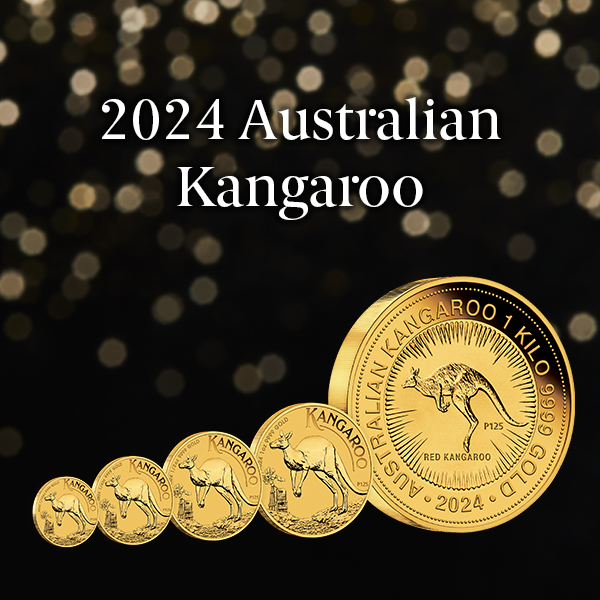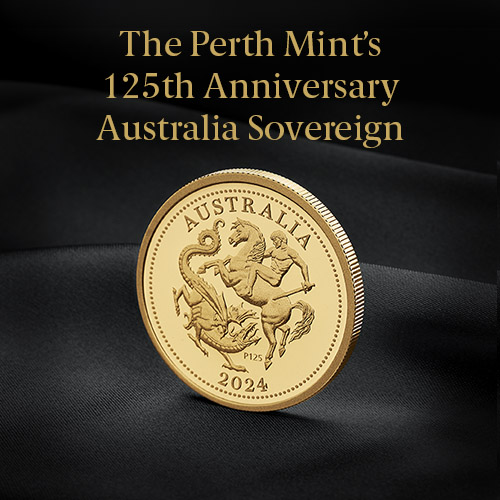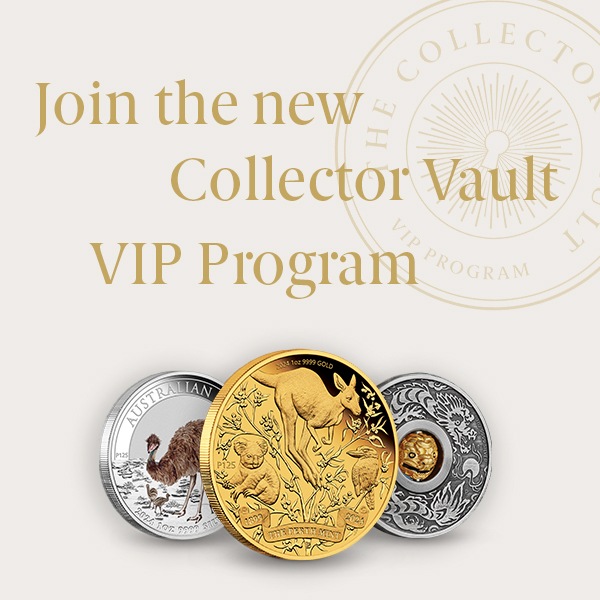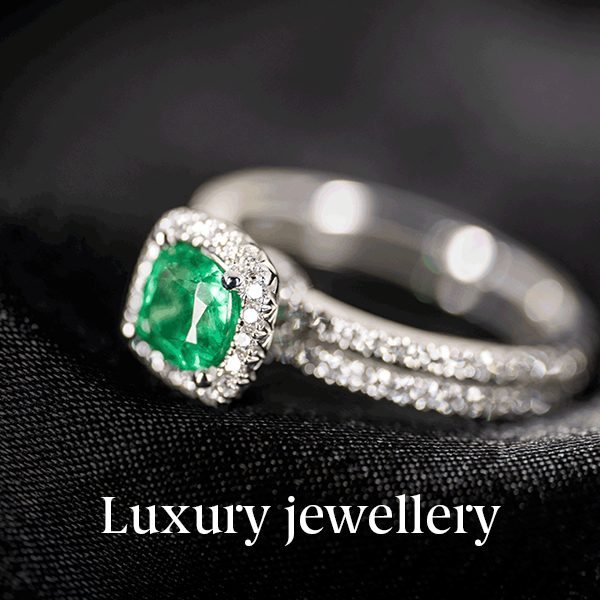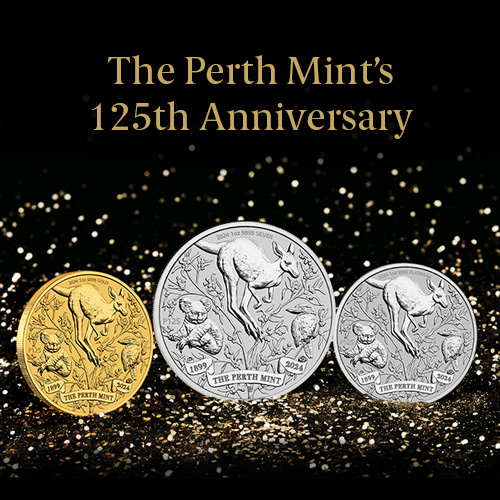How to avoid counterfeit coins and bars
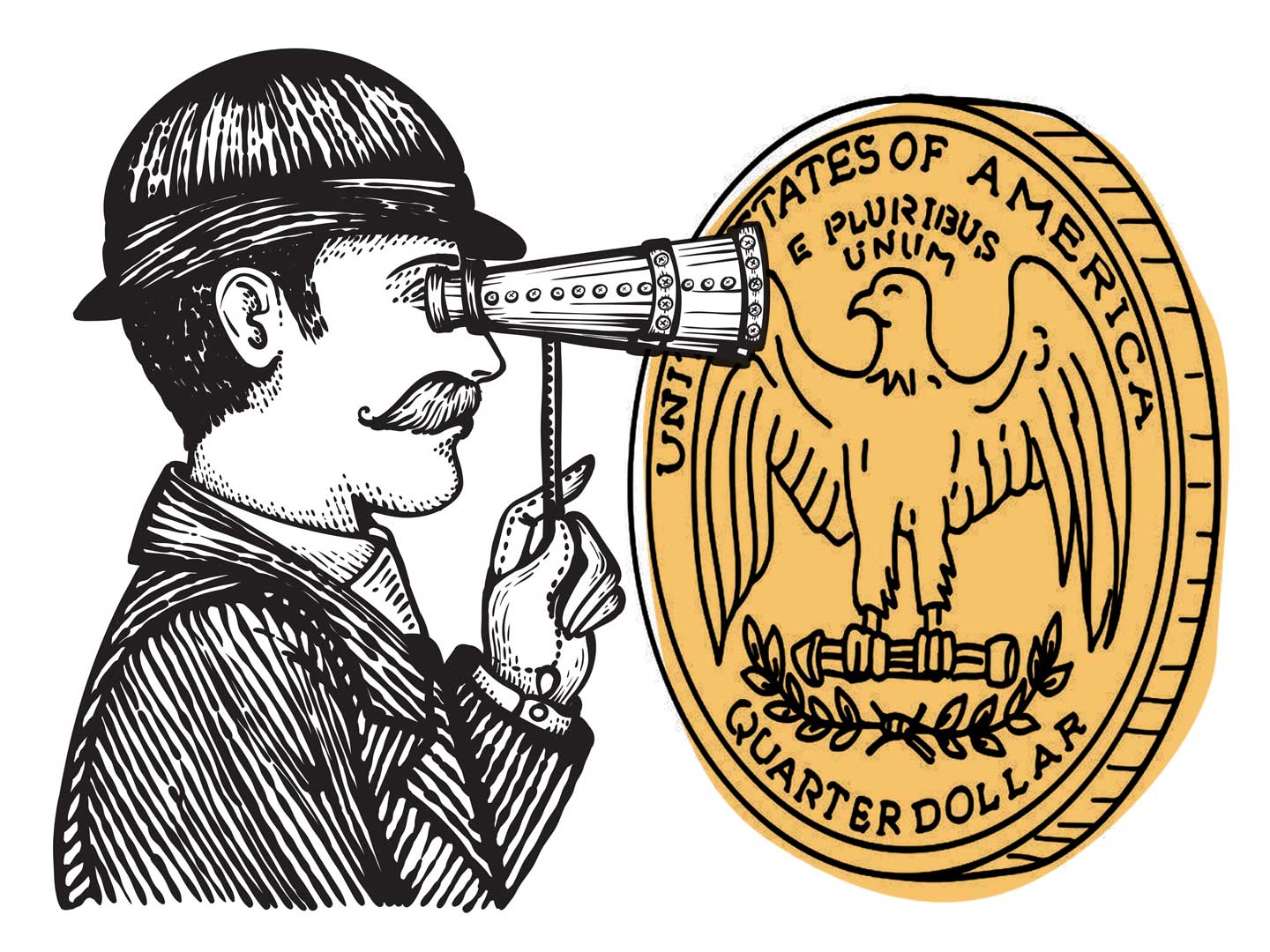
At The Perth Mint we don’t like hearing about buyers and collectors who have unwittingly purchased fake coins and bars.
While you are safe buying direct from us and any of our official distributors, we understand that the coin collecting community also loves to buy and sell among each other.
Unfortunately, increasingly sophisticated copycats are trying to ruin your day! Despite eBay’s rules and policies forbidding the listing of replicas, counterfeit items or unauthorised copies, just about every major manufacturer and respected brand worldwide has had one or more of its products imitated and offered for sale!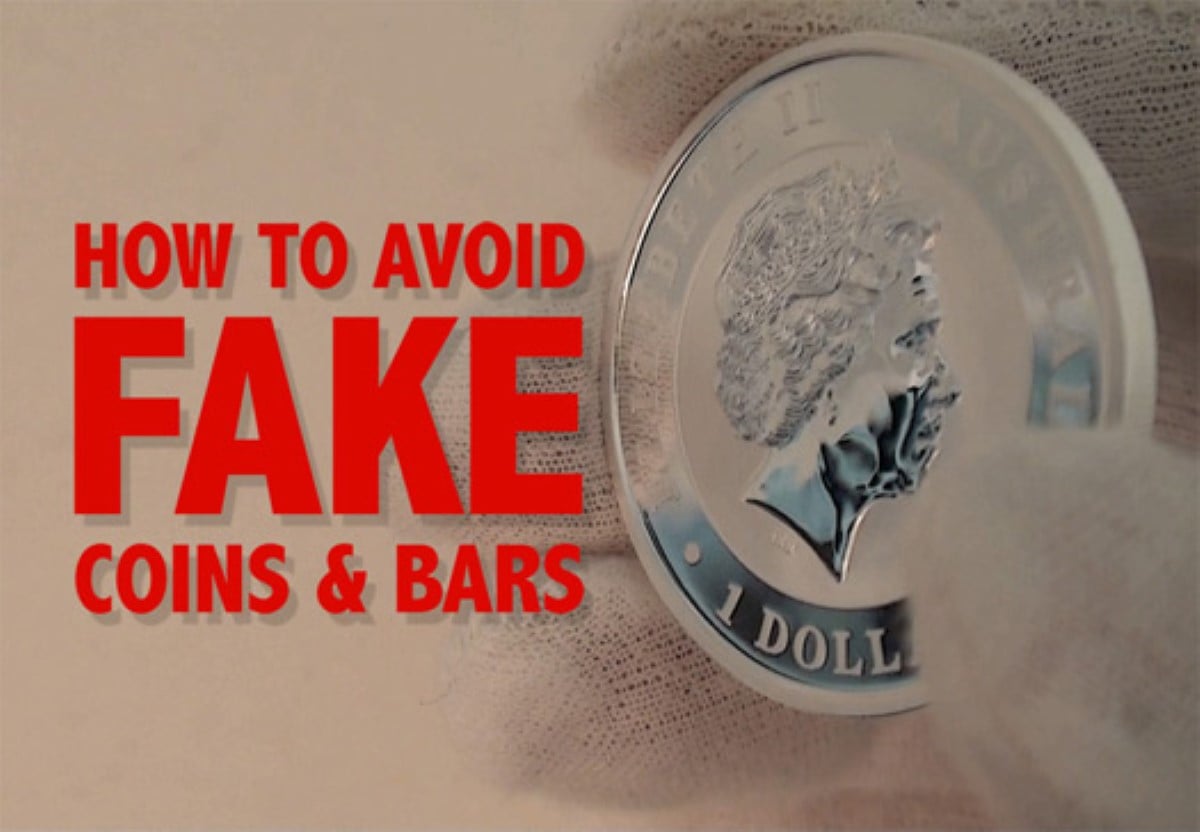
As a measure of the problem, even people experienced in gold and silver have been known to be caught out by such scams. They then have to go through the rigmarole of claiming their money back, a hassle which once outside the refund deadline can prove frustrating.
One savvy and enthusiastic eBay buyer recently showed us examples of two fake minted bars he’d fallen victim to, even though the seller had excellent feedback ratings.
Fortunately he had an industry contact with an XRF metal analyser and was in the habit of having everything he bought immediately tested. But not everybody is lucky enough to have access to such equipment when they need it!
To avoid the sickly feeling of being duped, buyers of gold and silver bullion need to become as knowledgeable as possible about the dangers. The following insights (which apply equally to buying from eBay, pawn shops or that bloke in the pub!) combined with a precautionary buying strategy based on commonsense principles will help relieve you from any nagging doubts.
What coins and bars are at risk of being counterfeited?
The problem extends across the full spectrum of bullion and numismatic products, comprising cast (poured) bars, minted bars, as well as gold and silver coins.
Firstly, some good news! The web was abuzz not long ago with a scary story about a cast gold bar which was found to contain rods of tungsten. It led to massive amounts of conjecture about how many similarly defaced bars might be in the market.
In truth, however, this unnerving episode was probably over sensationalised. In the long experience of senior staff at The Perth Mint refinery, such fakes are actually a rare occurrence.
On the other hand, the eBay buyer who visited the Mint not long ago said he believes there are large numbers of fake coins and minted bars out there. While they often appear to look like the real thing, generally these practically worthless rip-offs are nothing more than tungsten, copper, lead, nickel or alloy plated in a just a few microns of precious metal.
And hear this. The problem is probably going to get even worse because of the availability of technology that makes copying so easy. The canny counterfeiters may also be starting to target low mintage releases like some of our Australian Lunar coins in the knowledge that they stand a better chance of tempting a collector keen to finish a series.
Tell tale signs of a fake
It’s now more important than ever to look out for any tell-tale signs that will suggest coins and bars offered for sale may be fakes. A listing marked ‘No Returns’ is an obvious red flag.
But check carefully that the product’s full specifications are included. Official refiners and manufacturers advertise precise weights and dimensions for their coins and bars and by replacing gold or silver with base metal, counterfeiters are highly unlikely to be able to match these specifications precisely.
When compared to an authentic bar of the same weight, our visitor’s fakes looked good and were accurate in both length and width.
But they were way too thick because the lighter metal inside – something that was not revealed by the photographs used in the advertisement. So if any of the specifications are missing from a listing or incorrect by even a single gram or millimeter, then treat it with enormous skepticism.
It’s really obvious that something is up when prices look drastically low. Gold and silver are commodities and cannot, therefore, be bought at a discount. If you think you’ve spotted a bargain or are offered the deal of a lifetime, think again. If it looks too good to be true, it will be!
Know your seller
Let’s be clear, collectors and investors are most likely to be exposed to the risk of fake coins and bars when buying from unknown suppliers. If you don’t know them, why take the risk? Our visitor reinforced this point emphatically when we asked what advice he would like to share with others. Simply “ don’t buy on eBay if you don’t know the dealer.”
In some cases you may be able to physically check them out by visiting the shop and meeting the owner. Maybe talk to some existing customers too. But if that’s impossible, let government-owned mints such as us help you out by referring to their list of authorised resellers.
This really is the golden rule for people on eBay anxious to avoid fakes. The Perth Mint publishes a list of reputable dealers on its website. Based all over the world, they’ve worked with us for many years and when selling on eBay, can be relied upon to provide honest and ethical service. In Australia, buyers can also be confident of dealing with members of the Australian Numismatic Dealers Association from whom you’re going to get what you paid for.
With a little research, you should be able to find similar information from other world mints too.

